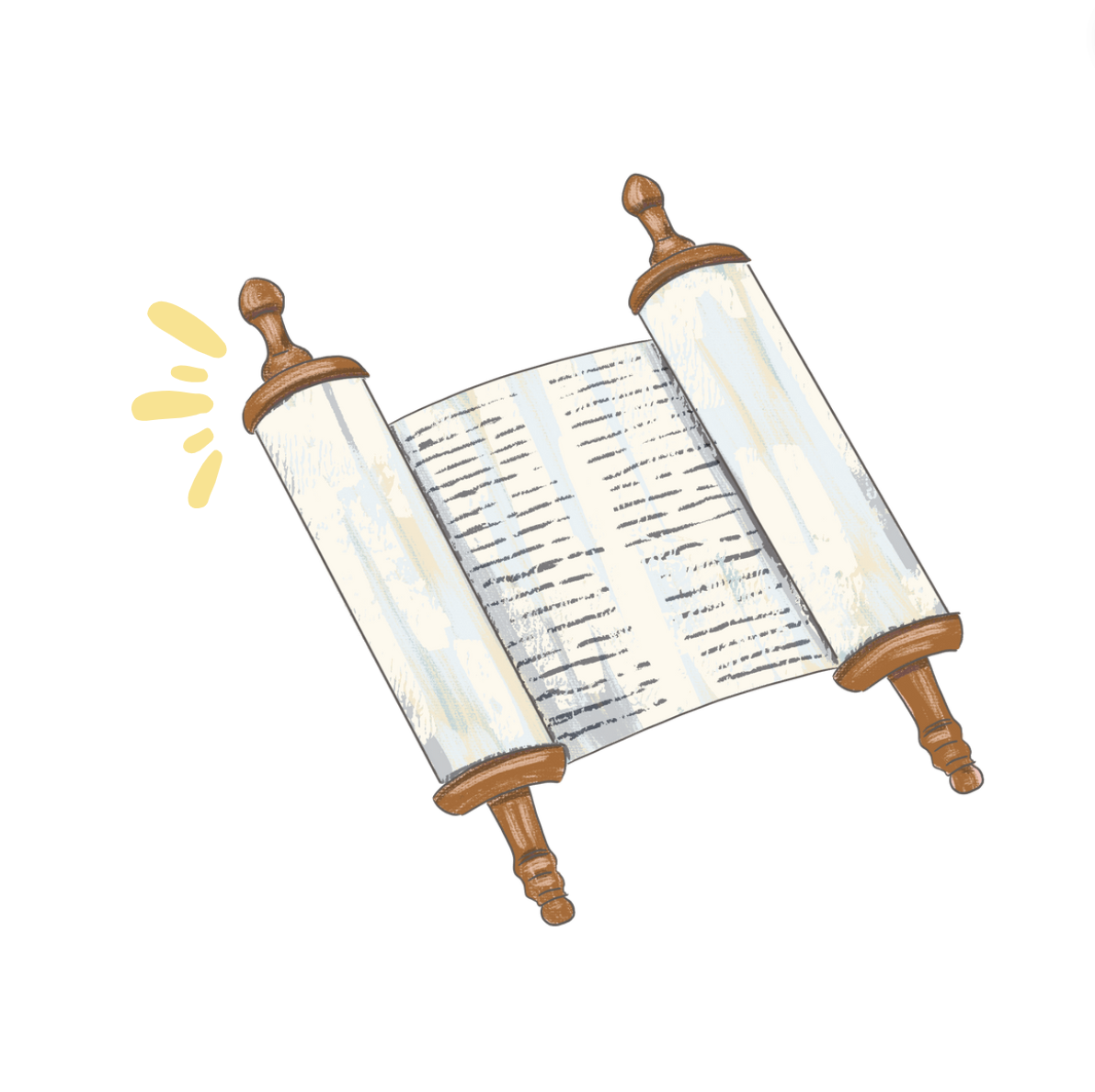Sometimes you learn something that just sticks with you. On the first day of my high school Psychology class, we did a memory exercise. The teacher read a list of 40 simple words—think “cat,” “book,” “house,” and we were told to remember as many as we could without writing them down. At the end of the exercise, she asked us to share which words from the list we remembered. Very few of us remembered words from the middle of the list; most memorable were words from the beginning and the end. This exercise helped to show that our memories of beginnings and endings (of lists of words or of experiences) tend to be particularly powerful. (And I now reflect on the fact that this exercise happened on the first day of school, further demonstrating the point!)
On Sunday, we celebrate the holiday of Simchat Torah, where the beginning and end of the Torah come into focus. On this holiday—the last of many during the Hebrew month of Tishrei!—we complete the annual Torah reading cycle and begin anew.
As the Torah closes and we complete the book of Deuteronomy (D’varim in Hebrew), we find the Israelites on the border of Eretz Yisrael, approaching the Promised Land after so many years of journeying through the wilderness. Their longtime leader, Moses, knows that he is about to die, and he selects a successor, Joshua, who will help them reach their destination and settle into their new home.
We then roll the Torah all the way back to the beginning, to the book of Genesis (Beresheet in Hebrew), where we encounter the famous lines narrating the creation story:
בְּרֵאשִׁ֖ית בָּרָ֣א אֱלֹהִ֑ים אֵ֥ת הַשָּׁמַ֖יִם וְאֵ֥ת הָאָֽרֶץ׃
וְהָאָ֗רֶץ הָיְתָ֥ה תֹ֙הוּ֙ וָבֹ֔הוּ וְחֹ֖שֶׁךְ עַל־פְּנֵ֣י תְה֑וֹם
In the Beginning, God created heaven and earth
the earth being unformed and void, with darkness over the surface of the deep
(Genesis 1:1-2)
At the beginning of the Torah, nothing exists. The universe is a total void, filled with darkness. By the end of the Torah, we recall all that we have read and experienced as the story unfolded before us: natural disaster, sibling rivalry, true faith, liberation, ethical leadership, legal pronouncements, Divine revelation, long journeys, moments of devastation, moments of elation, and everything in between. We witness as a group of people form relationships with each other and with God and together try to decide what it means to be a holy community. From start to finish, the Torah takes us from the nothingness that precedes the creation of the world through the formation of robust, complex, and sacred societies. It’s quite a journey that we take each year!
But as different as the beginning and the end of the Torah may seem, they are united by a theme of possibility. At the beginning of the Torah, we (and God) get to anticipate the kind of world that will be created. What will it look like? How will it work? God begins with a blank slate and we anticipate the masterpiece God will create. At the end of the Torah, we are left on the precipice of the Israelites’ next chapter. How will they feel when they arrive in the land of Israel after waiting so long for this moment? What kind of society will they build? Will they heed Moses’ final words of advice that he shared before his death? It’s a perfect cliffhanger as we imagine what might be in store though the next stage of the Israelite journey.
If it’s true that we tend to remember beginnings and endings, then one central message of the Torah is this: No matter where we are in our journeys, the possibilities in front of us are endless.
Shabbat Shalom, and Chag Sameach,
Deena

